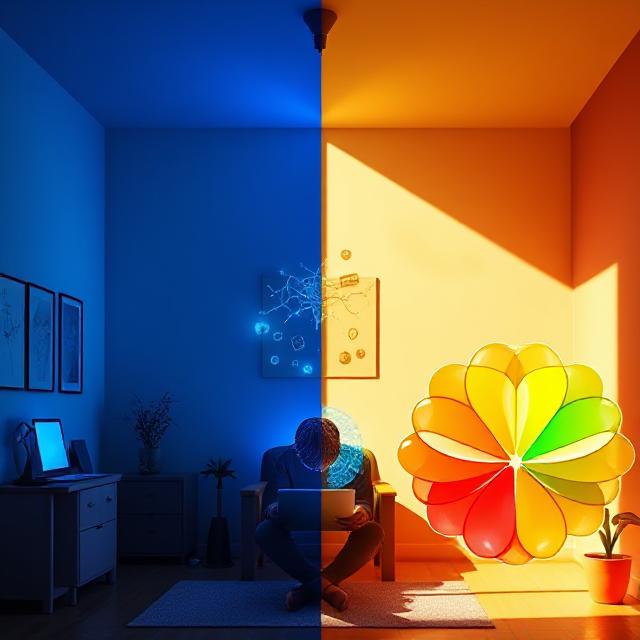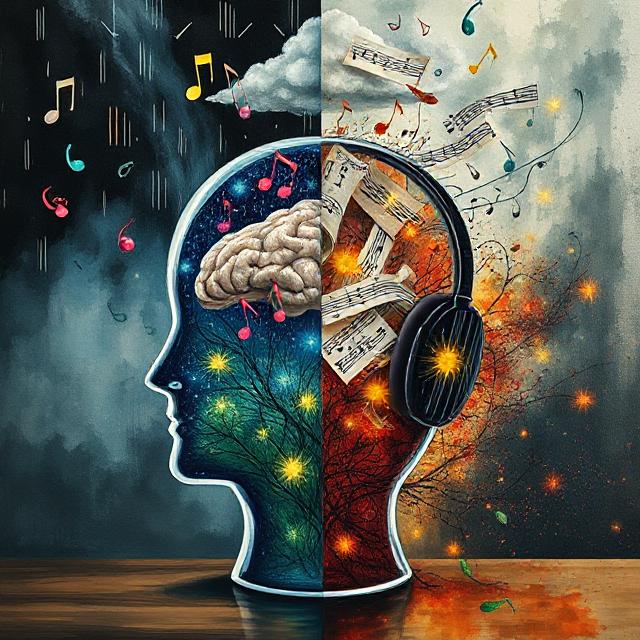Table of Contents
Study Environment Design: Synchronizing Space and Time for Brain Efficiency
Study success is not just what you learn—
It’s when and where you do it.
Cognitive science has made one truth crystal clear:
⏱️ Your brain has rhythms—and
🏡 Your environment acts as a cognitive amplifier.
When you align these two forces, learning feels effortless.
When they’re mismatched, even easy tasks become draining.
This guide gives you the neuroscience-backed blueprint for optimizing both your study timing and study environment design—so you can study smarter, not harder.
🕰️ The Science of Study Timing: Use Your Brain’s Natural Peaks
Your brain doesn’t operate at the same capacity all day.
It follows ultradian and circadian rhythms—biological cycles that impact attention, alertness, and memory.
Here’s how to time your study blocks based on brainwave dominance:
⏰ Morning (8–11 AM): Beta Brainwave Peak
- Brain State: High Beta (15–20 Hz)
- Best For: Analytical tasks, logical reasoning, focused reading, math, problem-solving
- Tip: Caffeine + bright light enhances Beta dominance. Avoid multitasking.
🧘♂️ Midday (11 AM–2 PM): Alpha Drift Zone
- Brain State: Alpha (8–12 Hz)
- Best For: Reviewing notes, absorbing lectures, passive learning, spaced repetition
- Tip: Eat light. Digestion draws blood from the brain—heavy meals cause post-lunch slumps.
🎨 Afternoon (2–5 PM): Theta Emergence Window
- Brain State: Theta (4–8 Hz) intermixing with Alpha
- Best For: Creative ideation, lateral thinking, mind mapping, synthesis
- Tip: Walking or nature exposure enhances divergent thinking during this period.
🌙 Evening (7–9 PM): Calm Reengagement
- Brain State: Mixed Alpha/Low Beta
- Best For: Light review, journaling, planning next study day
- Tip: Blue light blockers can reduce melatonin suppression after sunset.
✅ Rule of Thumb: Match Brainwave State to Study Task
| Time of Day | Dominant Brainwave | Ideal Tasks |
|---|---|---|
| 8–11 AM | Beta | Focused study, problem-solving |
| 11 AM–2 PM | Alpha | Absorption, reading, consolidation |
| 2–5 PM | Theta | Creativity, connection-forming |
| 7–9 PM | Alpha + Beta | Planning, light review, journaling |
When in doubt: don’t fight the wave. Ride it.
🧠 Bonus Tip: Use Brainwave Entrainment to Push Timing
Binaural beats, isochronic tones, or visual flicker (like Pomodoro apps with rhythmic animations) can shift your brainwave state to match your goal—especially useful if you must study off-peak.
🏡 Study Environment Design: Build a Brain-Optimized Habitat
Even perfectly timed study sessions fall apart if the environment distracts or fatigues your cognition.
Here’s how to create a study space that your brain wants to stay in.
1. Lighting: Use Circadian-Compatible Illumination
- Daylight (5000K) bulbs reduce melatonin and boost alertness
- Position light behind or beside your screen, never behind you
- At night, use warm tones (2700K) to promote calm and minimize sleep disruption
Avoid overhead fluorescents—they flicker subtly and trigger low-grade stress responses.
2. Sound: Tune the Brain, Not Just the Room
- Brown noise or low-volume instrumental music can block distractions
- Avoid lyrics or variable rhythm while doing tasks requiring language
- Use nature sounds for theta-enhancing sessions (afternoons)
🎧 Try: 10 Hz binaural beats (Alpha) or 14 Hz isochronic pulses (Low Beta) for deep focus.
3. Color & Visual Field: Calm Eyes, Active Mind
- Blue/green tones reduce mental fatigue and increase calm
- Avoid clutter in your line of sight—your brain tags everything as potential input
- Keep wall art non-verbal or abstract to avoid linguistic intrusion into mental processing
✅ Add a plant. Studies show a single leafy plant boosts working memory and reduces cortisol.
4. Desk Ergonomics: The Spine–Brain Connection
- Eyes level with top third of screen
- Hips slightly above knees
- Feet flat on floor or footrest
- Elbows at 90° for typing
🪑 Poor posture = blood flow + glucose supply disruption to the brain → sluggish cognition
5. Scent, Texture, and Microdetails
Your brain encodes everything in your sensory field—intentionally or not.
- Use consistent scents (e.g. rosemary, peppermint) to associate space with study
- Keep surfaces tactile but minimal (e.g. wood or felt mats vs glass or plastic)
- Background temperature: 68–72°F optimizes alertness without draining focus
📋 Quick Setup Checklist
| Element | Optimized Setting |
|---|---|
| Light | Daylight tone (5000K), no glare |
| Sound | Brown noise or low-BPM instrumental |
| Color | Blue/green hues; minimal visual clutter |
| Desk | Ergonomic + posturally aligned |
| Smell | Scents linked to memory + alertness |
| Air | Fresh, slightly cool, ideally with airflow |
🧩 Combining Timing + Design = Synergistic Flow
You can have the right time or the right space.
But when you align both? You enter flow faster, stay there longer, and remember more.
Example:
- 10:00 AM → Beta brainwave peak
- In a bright, cool room with brown noise playing
- Sitting upright, focused view, rosemary scent in diffuser
= Ideal conditions for 90 minutes of deep cognitive work.
🧪 Supporting Science
- Chronotypes and Cognitive Performance (Bailey & Heitkemper, 2001)
- The Impact of Light on Human Circadian Rhythms (Cajochen et al., 2007)
- EEG Brainwaves and Study Productivity (Harmony, 2013)
- Greenery and Cognitive Function (Lohr et al., 1996)
- Posture and Executive Function (Peper et al., 2010)
🧭 Your Next Step
- Audit your current study space. Eliminate friction.
- Plan your next week’s study blocks around your natural timing.
- Stack environment design with task-type awareness.
Your brain wants to focus.
You just need to give it the right context to do so naturally.




